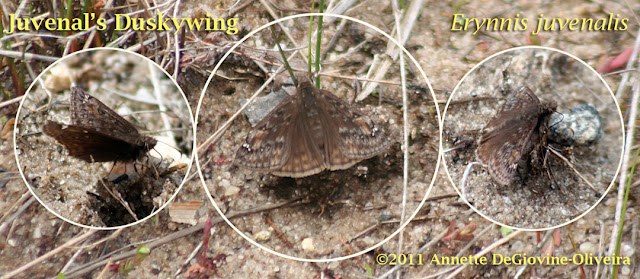Register for the upcoming Annual Convention of
The Dragonfly Society of the Americas
Fort Collins, Colorado
Friday, July 8 - Monday, July 11
Friday, July 8, 2011
Chambers Lake area
Leave at 7:30 am, drive to Lost Lake Trailhead-about 2 hours from campus.
100-200 yards hike to Lost Lake collecting area-Somatochlora hudsonica, S. semicirculare, Aeshna eremita, Coenagrion resolutum, Enallagma boreale.
1/4 mile hike to Laramie Lake add Aeshna juncea;continue on trail bogs and woods-add Leucorrhinia hudsonica, L. boreale, Lestes dryas, Libellula quadrimaculata.
West Twin Lake-about 1 1/2-2 miles total hike- add Cordulia shurtleffi.
Other possibles on this trip Somatochlora cingulata, S. albicincta, Leucorrhinia glacialis and what species wanders up from lower elevations.
Saturday, July 9.
ANNUAL MEETING BEGINS
At Colorado State University
Complementary coffee, other beverages, bagels, fresh fruit, etc.
8:30 am - 9:30 am Overview of Colorado Odonata by D. Leatherman & the Prathers
9:30 am – 11:00 am DSA business meeting, group photo
11:30-1:00 pm, Complementary lunch
1-5 pm presentations
Discussion of Monday Field Trip
Sunday, Monday, July 10-11
Red Feather Lakes area
Leave at 8 am, drive to Grassy temporary Pond north of Lost Lake (a different Lost Lake) at least 1 hour from campus.
Leucorrhinia proxima, Sympetrum madidum, S. internum, S. pallipes, S. danae?, S. costiferum?, Lestes dryas, L. disjunctus, L. unguiculatus, Aeshna interrrupta, Libellula quadrimaculata.
Parvin Lake or Mount Margaret trailhead-30-45 minute trip from Lost Lake.
Somatochlora minor , Ophiogomphus severus.
Lodging
Primary Lodging
We have reserved 25 rooms at two Best Western hotels, one is directly across from the Colorado State University campus, the other two miles from campus, near the Mulberry Street exit off of I-25. Interested individuals need to call either motel and indicate that they will be attending the "Dragonfly Society of the Americas Annual Meeting" 8-11 July 2011. I would strongly suggest making the reservations as soon as possible. There are other conferences on campus.
 Some Dragonflies like the Common Green Darner have migrated back into our area. Other Dragonflies and Damselflies have begun to emerge from our ponds, streams and rivers. The Common Green Darner (Anax junius) is one of our earliest migrants and the Eastern Forktail (Ischnura verticalis) is one of our early emergers.
Some Dragonflies like the Common Green Darner have migrated back into our area. Other Dragonflies and Damselflies have begun to emerge from our ponds, streams and rivers. The Common Green Darner (Anax junius) is one of our earliest migrants and the Eastern Forktail (Ischnura verticalis) is one of our early emergers. 




